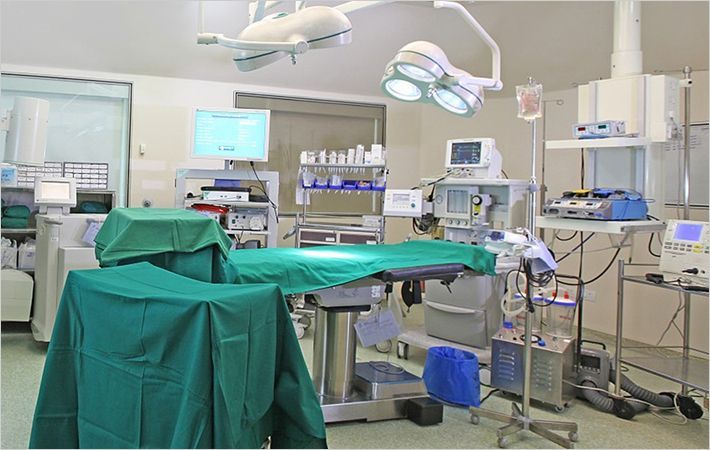The concept vehicle was prepared by using TeXtreme carbon fabrics in its door panels, rear hatch, dashboard, bumpers and cladding. Significant weight savings, improved mechanical performance and superior surface smoothness was achieved, according to a press release.
“With our exposed CFRP interior components on Deep Orange 6, it was a high priority to use a woven carbon fibre fabric with a unique weave pattern. Textreme’s materials exceeded our expectations, as it has given us a beautiful finish on the interior, is a high quality product that is easy to lay up without distorting the weave, and the spread tow tapes leave a very smooth finish on the final part,” said Johnell Brooks, associate professor in Clemson University’s graduate department of automotive engineering.
TeXtreme differs from the conventional carbon fibre materials due to its proprietary production methods which create an ultralight and ultrathin spread tow carbon fibre reinforcement.
“The Clemson team has been very good at utilising the unique benefits of TeXtreme and designing the composite parts balancing the mechanical properties and weight savings to get the optimal results on the car. We are proud to support this project and the development of composites in mass-market applications,” explained Henrik Blycker, CEO of Oxeon AB, makers of TeXtreme.
Fibre2fashion News Desk - India

